What is Pruning: A Comprehensive Guide to Tree Trimming, Prune Plants Methods, and the Benefits of Pruning
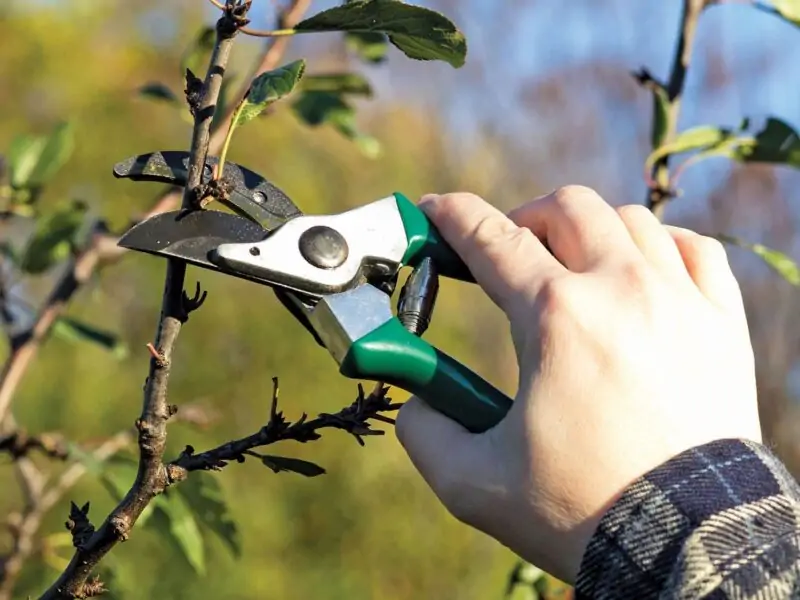
Hello, dear readers! Today, we’re diving into a world where nature meets human care, where tree health meets aesthetics. We’re exploring a fundamental technique of plant maintenance: pruning. So, what is pruning, you ask? It’s an essential practice that promotes healthy growth and vitality in plants while improving the overall beauty of our gardens and landscapes.
What is Pruning?
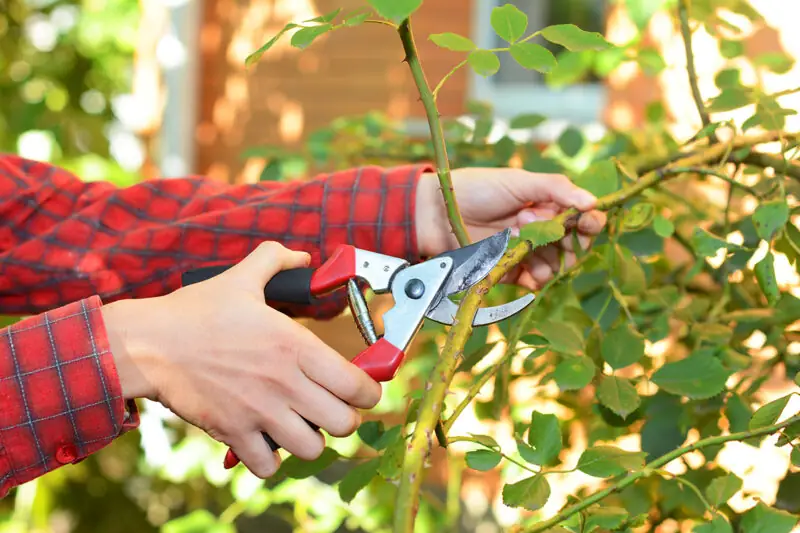
Pruning, dear friends, is a fascinating practice of plant care. It involves the selective removal of specific parts of a plant, typically branches and limbs. It’s not about giving your trees a random haircut but providing a calculated trim that helps maintain their health, safety, and appearance. From deciduous trees to fruit trees and all the way to ornamental shrubs, proper pruning is key to their flourishing existence.
And it’s not all about taking away. Pruning also encourages the formation of new, healthy branches and buds, ensuring the tree or shrub’s continuous growth and development. It’s like orchestrating a plant symphony where each cut contributes to a harmonious balance of shape, health, and growth.
The Importance of Pruning in Plant Care
So why should you, as a homeowner or a plant enthusiast, consider pruning important? Well, pruning plays a crucial role in the life of any woody plant. It involves removing dead or diseased branches, thereby preventing the spread of disease or pests to the rest of the tree.
Moreover, by pruning, we stimulate new growth, promoting a denser canopy and often more flowers and fruit. It’s particularly critical for fruit trees, where pruning ensures better size, quantity, and quality of the fruit. And let’s not forget, pruning also helps maintain the plant’s desired form and size, contributing to the overall aesthetics of your garden or landscape.
Understanding Pruning and Trimming
The Difference between Pruning and Trimming
Pruning and trimming, though similar, are not the same. Picture pruning as a method of enhancing a tree’s health and function. It involves removing dead or diseased wood and thinning the crown to permit new growth and better air circulation.
Trimming, on the other hand, is mostly about aesthetics. It’s a practice done to maintain a particular shape or size of a plant. Picture those perfectly shaped hedges or topiaries in elaborate gardens – that’s the result of diligent trimming.
When to Prune or Trim
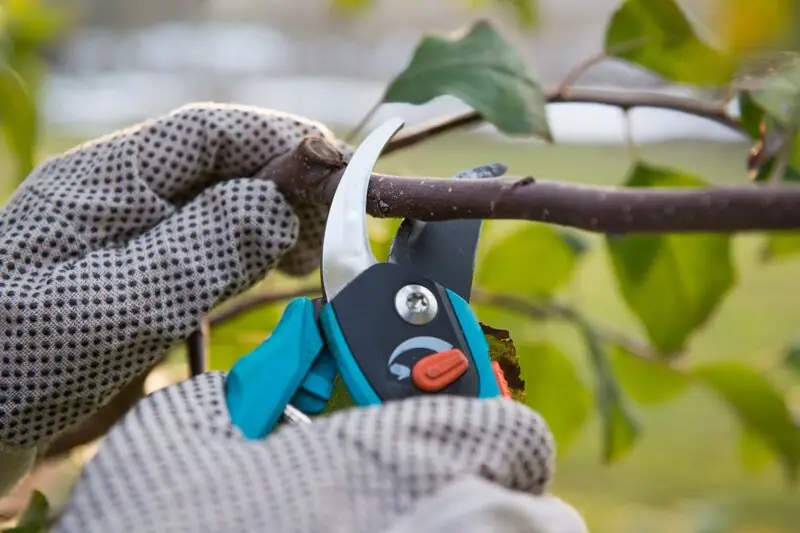
The timing of pruning and trimming largely depends on the type of plant and what we’re trying to achieve. Pruning is typically done in late winter or early spring, right before the tree’s new growth begins. This timing allows the plant to utilize its resources for robust new growth in the spring.
On the contrary, trimming can be done more frequently and is typically scheduled based on the plant’s growth rate and the desired aesthetic effect. A fast-growing hedge may need trimming several times during the growing season, while a slow-growing ornamental tree may only need a yearly touch-up.
The Act of Pruning: A Closer Look
Tools Used to Prune
Pruning requires some tools, and choosing the right one can make all the difference. For small branches and stems, pruning shears is your best bet. For those slightly thicker branches, you’ll need loppers, which give you more leverage. And for the largest branches, a pruning saw will do the job. Remember, clean, sharp tools make cleaner cuts and reduce damage to the tree.
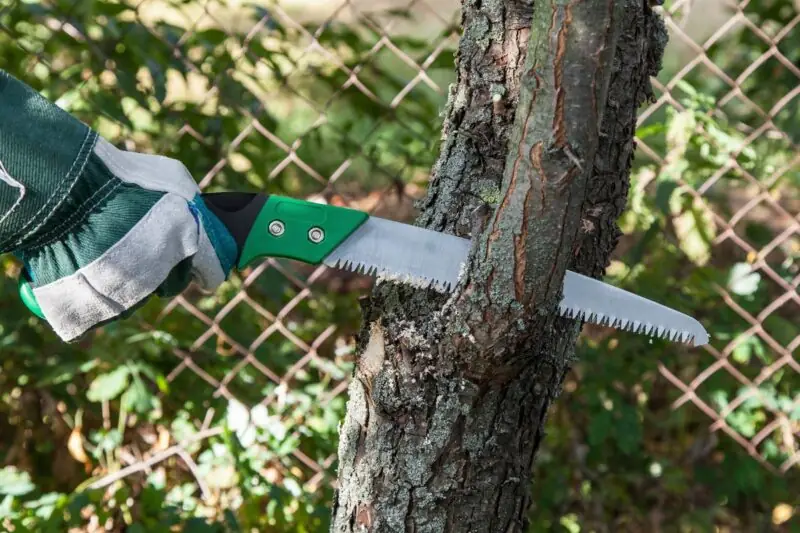
Steps to Prune Trees Correctly
Now, let’s talk about the steps involved in pruning trees. Firstly, identify the branches that need removal – those that are dead, diseased, or interfering with the tree’s structure. After that, make your pruning cut outside the branch collar, where the branch connects to its parent stem. The cut should be made so it doesn’t leave a stub but also doesn’t harm the parent branch.
Remember, correct pruning methods involve cutting back to a bud, a side branch, or a main trunk, without causing damage to the remaining plant parts. This practice promotes healthier, controlled plant growth.
Safety Measures in Pruning
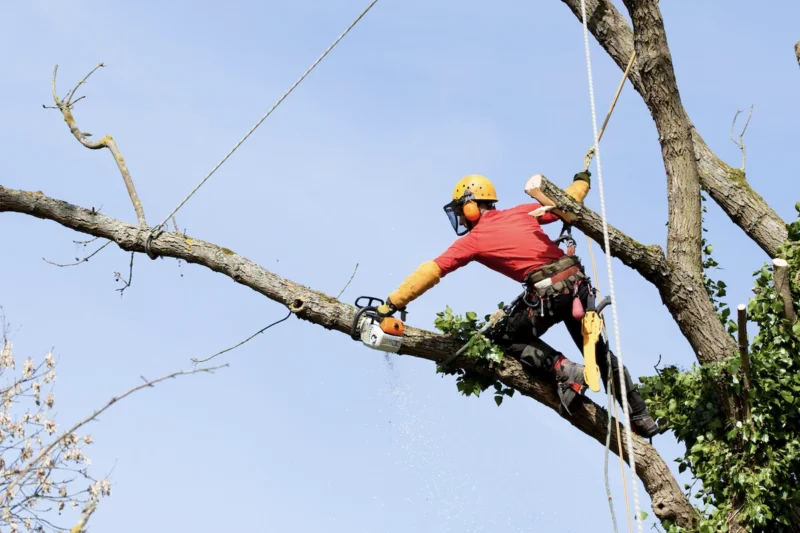
Safety first, folks! Especially when you’re dealing with trees and shrubs that tower above you. For those high branches, don’t take a risk. It’s always better to call professional arborists who have the right equipment and experience to prune trees without posing any hazards to people or property.
Always wear protective gear and ensure that the area beneath the tree is clear to minimize potential risks. Keep in mind, that safety is a priority when caring for your plants, not just for you but also for the people and property around you.
Type of Pruning
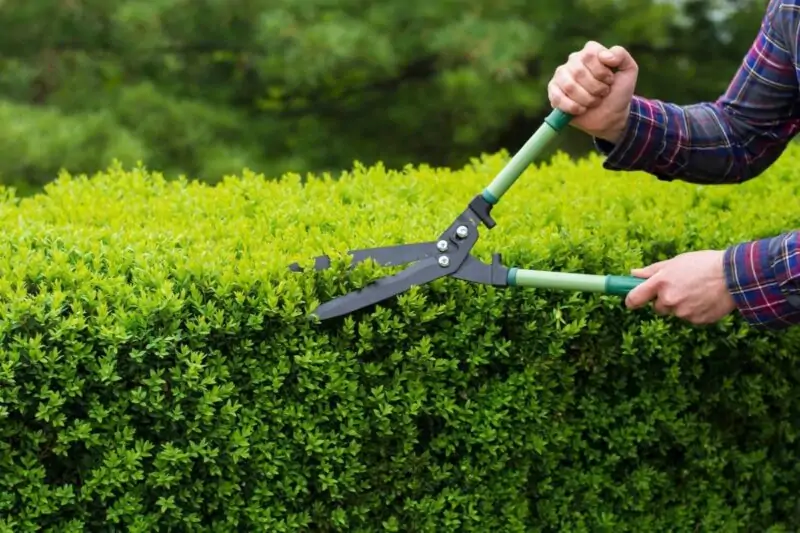
Tree Pruning
What is Tree Pruning?
Tree pruning is an art and a science. It involves selectively removing tree branches for the betterment of the tree and the safety of its environment. Be it shade trees, young trees, or ornamental trees and shrubs, each may require a different type of pruning based on its health, size, and purpose.
The essence of tree pruning lies in understanding the tree’s individual needs and adapting the pruning process accordingly. It’s about striking the perfect balance between the tree’s natural growth and our intervention to keep it at its best.
When to Prune Trees
The timing of tree pruning usually depends on the tree’s type and the reason for pruning. Pruning is done to remove dead or diseased wood can be done at any time of the year. But if you’re looking to guide the growth or control the size of a tree, late winter or early spring is typically the best time.
Shrub Pruning
What is Shrub Pruning?
Just like their taller counterparts, shrubs also need pruning. The purpose? To enhance the shrub’s health and beauty and to ensure they fit well within the landscape’s design. It might involve removing dead or diseased branches, cutting back overgrown stems, and shaping the shrub to a desirable form.
When to Prune Shrubs
Pruning times for shrubs depend on their blooming schedules. For shrubs that bloom in spring, prune them after their flowering has ceased. Summer and fall-flowering shrubs, on the other hand, are usually pruned in late winter or early spring before new growth begins.
Fruit Tree Pruning
What is Fruit Tree Pruning?
Fruit tree pruning is a technique that involves removing branches and stems to improve a tree’s fruit-bearing capability. Pruning fruit trees helps direct energy to fruit production, enhances sunlight penetration to lower branches, and assists in maintaining the tree’s overall health.
Best Time to Prune Fruit Trees
As with many things in nature, timing is everything. For fruit trees, pruning is typically done in late winter or early spring before the new growth begins. This timing allows the tree to channel its energy into forming healthy and productive buds.
Different Types of Pruning
Thinning
Thinning is a pruning technique used to open up the canopy, allowing more light to penetrate and air to circulate through the branches. It involves the selective removal of branches to improve the plant’s structure and enhance its beauty and health.
Topping
Topping involves cutting back a tree’s branches and limbs to reduce its size. This method of pruning is generally used when the tree poses a risk to people or property due to its size or location. However, it’s a drastic measure that should only be used when absolutely necessary, as it can lead to the tree’s poor health and structure.
Raising
Raising is a pruning process where lower branches are removed to provide clearance for buildings, vehicles, pedestrians, and vistas. It’s a practical way to integrate larger trees into urban or suburban landscapes, keeping the trees healthy and the people around them safe.
Reduction
Reduction pruning is done to decrease the height of a tree or a shrub. It involves reducing the plant’s size while maintaining its form and structural integrity. By making cuts at the point of origin or to a lateral branch, the plant can maintain its natural shape, reduce its susceptibility to disease, and encourage healthier growth.
Benefits of Pruning
There are several reasons to prune trees and shrubs, and the benefits are abundant. Let’s explore how pruning helps trees become healthier and more appealing.
Promotes Plant Health
One of the prime reasons to prune is to improve the health of the plant. By removing dead, diseased, or pest-infested branches, you’re not only saving the rest of the tree from potential harm but also improving its overall health. It’s a bit like visiting the doctor for a regular check-up!
Enhances Fruit Production
For fruit trees, pruning is essential. It increases both the quantity and quality of the fruit. By removing excess branches, more of the tree’s resources can be directed toward producing larger, juicier fruit. Pruning also helps with better sunlight penetration and air circulation, which can contribute to increased fruit production.
Controls Pests and Diseases
Pruning is a practical method of pest and disease control. By removing the infested or diseased branches, you’re stopping the problem from spreading to the rest of the plant. It’s a proactive approach to tree care that helps maintain the plant’s health.
Improves Plant Aesthetic
Beyond the health and safety aspects, pruning plays a crucial role in defining the aesthetics of your landscape. From giving a tree the desired shape to maintaining the form of a shrub or tree, pruning is the process that brings your garden vision to life.
Tree Trimming
What is Tree Trimming?
Tree trimming is the practice of maintaining a tree’s structure by cutting back overgrown branches. It’s often related to the tree’s aesthetics and the safety of the surrounding environment. By removing the extra growth, trimming helps to maintain the desired shape and size of a tree.
The Importance of Regular Tree Trimming
Regular tree trimming is critical for the health and aesthetics of your trees. It helps prevent problems such as disease, pests, and structural issues from becoming significant. Plus, it keeps your trees looking neat and well-maintained, contributing positively to your landscape.
Differences and Similarities between Tree Trimming and Tree Pruning
Both pruning and trimming are integral parts of tree care. They share the common goal of improving the tree’s health and appearance. The main difference lies in their application – pruning is more about the tree’s health and safety while trimming generally focuses on aesthetics and maintaining the desired shape.
Frequently Asked Questions
If done correctly, pruning will not kill a tree. However, over-pruning or making improper cuts can lead to disease and decay, weakening the tree over time. Always use the right tools and techniques to ensure your tree’s health and longevity.
The frequency of pruning depends on the tree species and its health. Most trees benefit from pruning every two to three years. However, if you notice dead, damaged, or diseased branches, prune them immediately, regardless of the season.
The ideal time to trim most trees is in the late winter or early spring. When trees are dormant and less vulnerable to damage from pruning, this occurs. However, regardless of the time of year, dead or diseased branches must be cut off as soon as they are seen.
Over-pruning, also known as “topping,” can seriously harm a tree. It strips the tree of its major leaf-bearing limbs, making it harder for the tree to produce food. It can also lead to weak new growth, making the tree more susceptible to disease or storm damage.
Conclusion
In the world of trees and plants, pruning stands as a crucial practice. Whether you aim to enhance your landscape’s beauty, increase fruit production, or keep your trees healthy, pruning is the process to get you there. So, what is pruning? It’s a blend of science and art, a process of selective removal for the betterment of plants and their surroundings. It’s about making your garden a healthier and more beautiful place to be. Always remember, the right pruning techniques, when applied at the right time, will help your garden thrive.